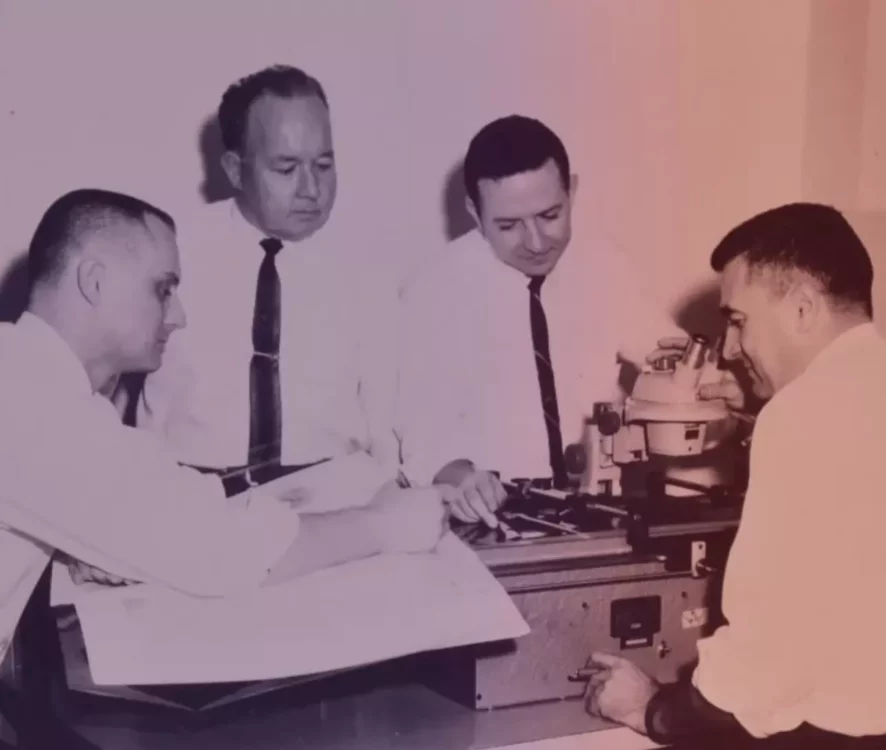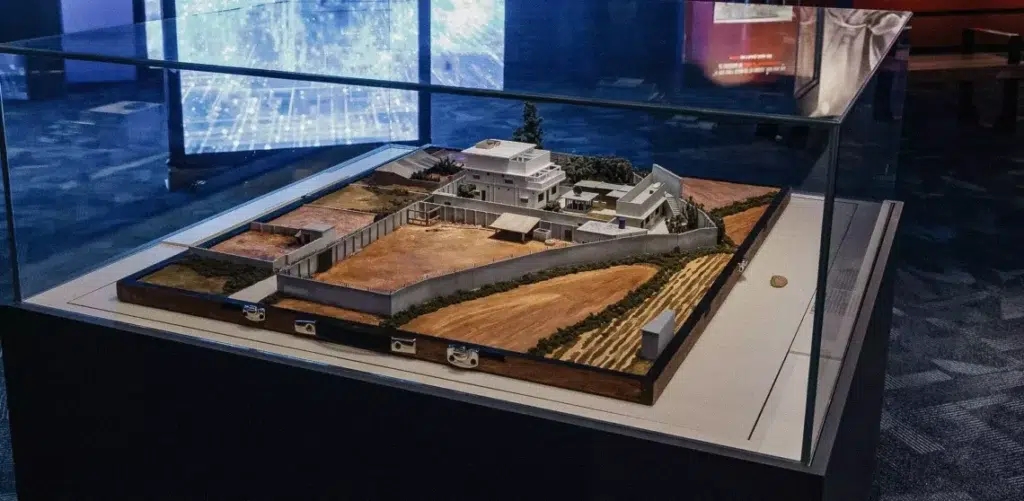This article by Matt Fratus was originally published by Coffee or Die.
On the morning of July 31, 2022, Ayman al-Zawahiri was standing on the balcony of his home overlooking the Afghan capital of Kabul when he was suddenly obliterated by two missiles fired by an American drone flying overhead. For anyone still paying attention to the Global War on Terror, it was a significant event. Not only had al-Zawahiri been a top Al-Qaeda official and former deputy to 9/11 mastermind Osama bin Laden, but his killing also revealed to the world that the United States military was still conducting counterterrorism operations in Afghanistan a year after it had withdrawn all of its ground forces from the country.
Weeks after the operation, the CIA released declassified information and materials associated with the strike. These included a three-dimensional replica of al-Zawahiri’s home, which is now on display at the CIA’s private museum in Langley, Virginia. The tabletop-sized model of the three-story structure, replete with a tiny balcony and courtyard surrounded by barbed wire, had been presented to President Joe Biden as part of the CIA’s case for carrying out the brazen mission. As vice president at the height of the War on Terror, Biden would have seen many models like it, including one of the compound in Abbottabad, Pakistan, where bin Laden was killed by Navy SEALs.
Related: We swore a blood oath: Former CIA officer reflects on al-Zawahiri killing

Since the 1960s, the CIA’s National Photographic Interpretation Center (NPIC) has produced hundreds of miniature models of enemy weapon systems, prisons, government buildings, safehouses, and various other types of structures. The models are used by defense strategists and top-level military commanders to plan and brief high-stakes operations. Depending on the scope of the operation, the models can be as small as a shoe box or big enough to cover the entire surface of a conference table. Each is meticulously crafted to be as close to the real thing as possible. To replicate finite details, like animals in a courtyard, security bars on windows, or deviations in terrain, modelers rely on intelligence reports and images captured by satellites and U-2 surveillance aircraft.
Kenny Lane, who spent more than 20 years working in the NPIC’s three-dimensional shop, told the LA Times in 1997 that he designed realistic models for a number of high-profile operations. During his career, he built replicas of the infamous Son Tay prison that housed American prisoners of war in Vietnam, Manuel Noriega’s vacation home in Panama, and even the Kremlin. In 1985, he traveled to Moscow to see the actual Kremlin for the first time up close. “It was an unbelievable feeling, standing there and physically seeing what you had already modeled,” he recalled. “I felt like I had already been there.”
Feature Image: The model built by the CIA for the 2011 raid that killed Al-Qaeda leader Usama bin Laden in Abbottabad, Pakistan. Photo courtesy of the CIA.
Read more from Sandboxx News
- The Smatchet was a beastly weapon for WWII commandos designed by the legendary William Fairbairn
- Ukrainian forces are using a clever and cheap method to take out Russia’s best tanks
- What is the legendary Black Triangle UFO?
- X-Planes: Experimental aircraft that changed the world without you knowing
- MARSOC Raiders to deploy in smaller, tech-loaded teams as conflict gets more complex




